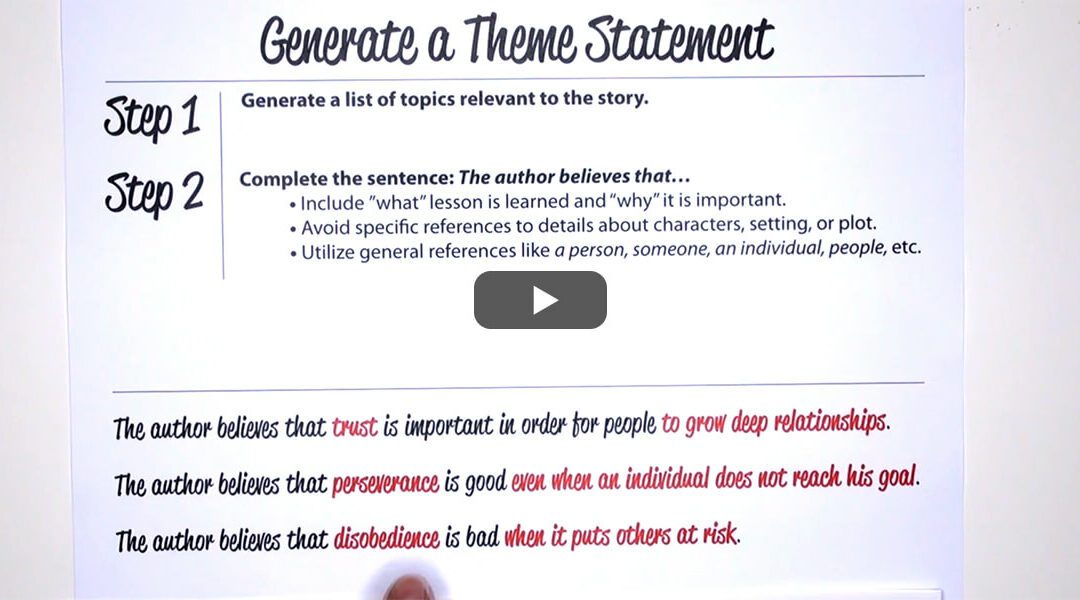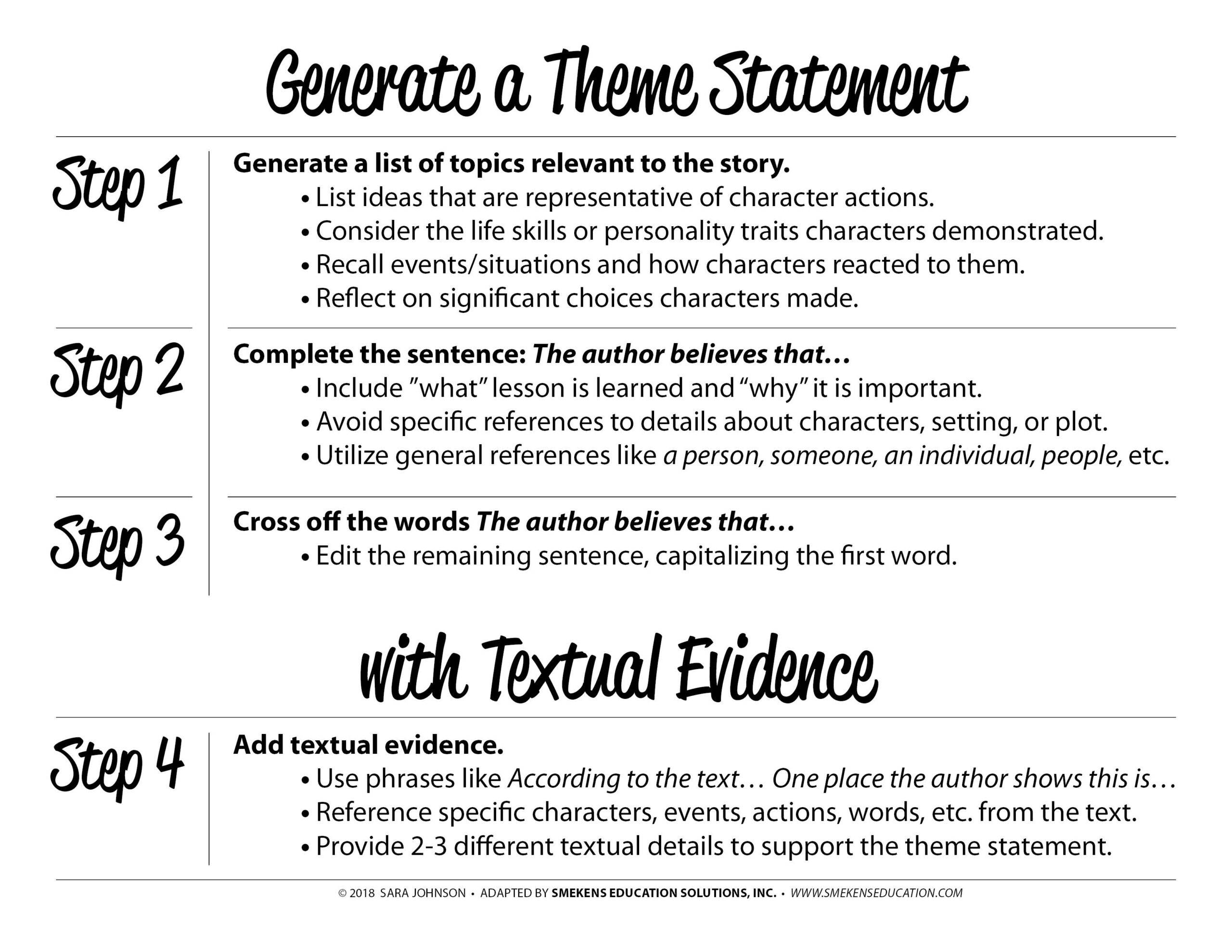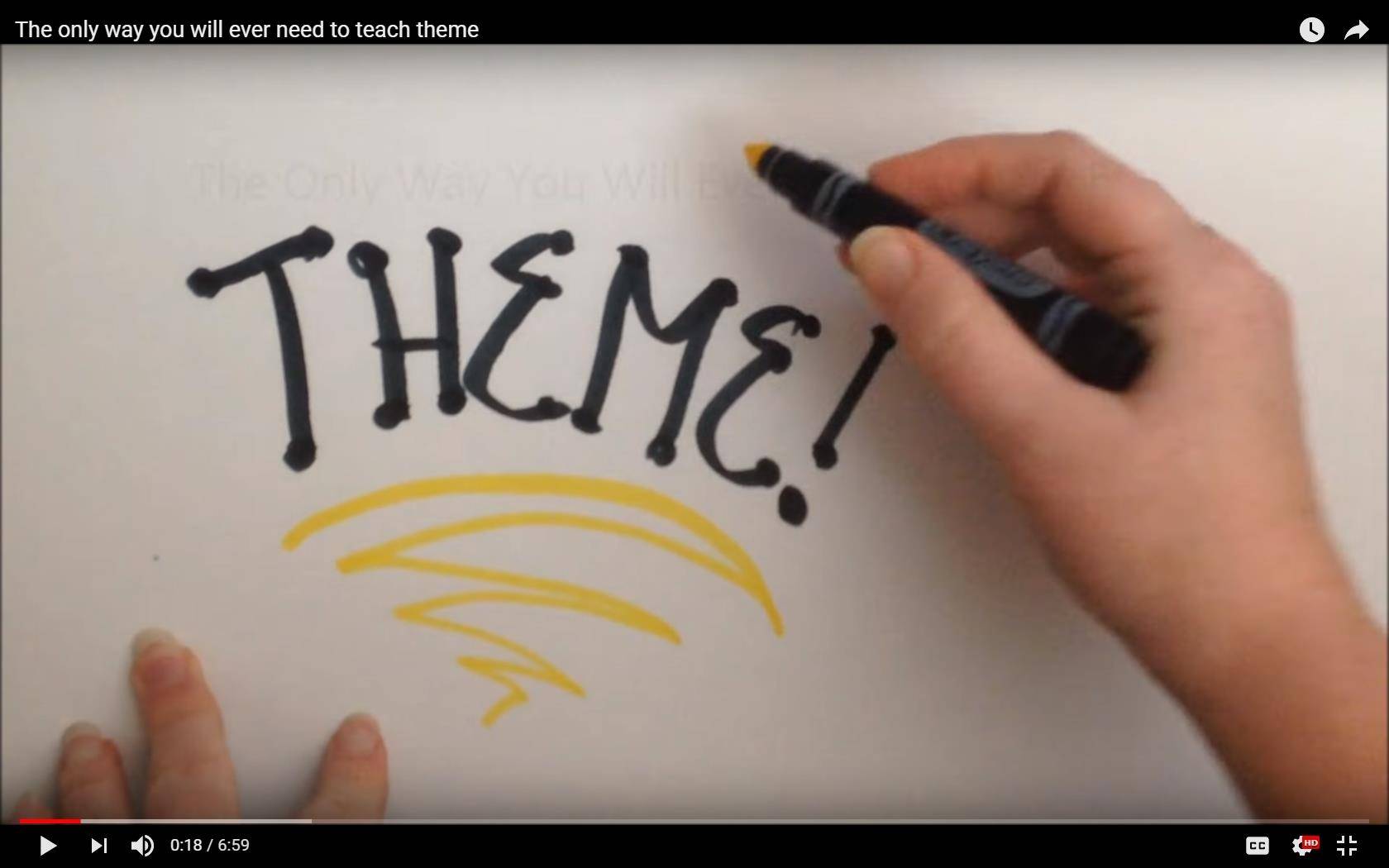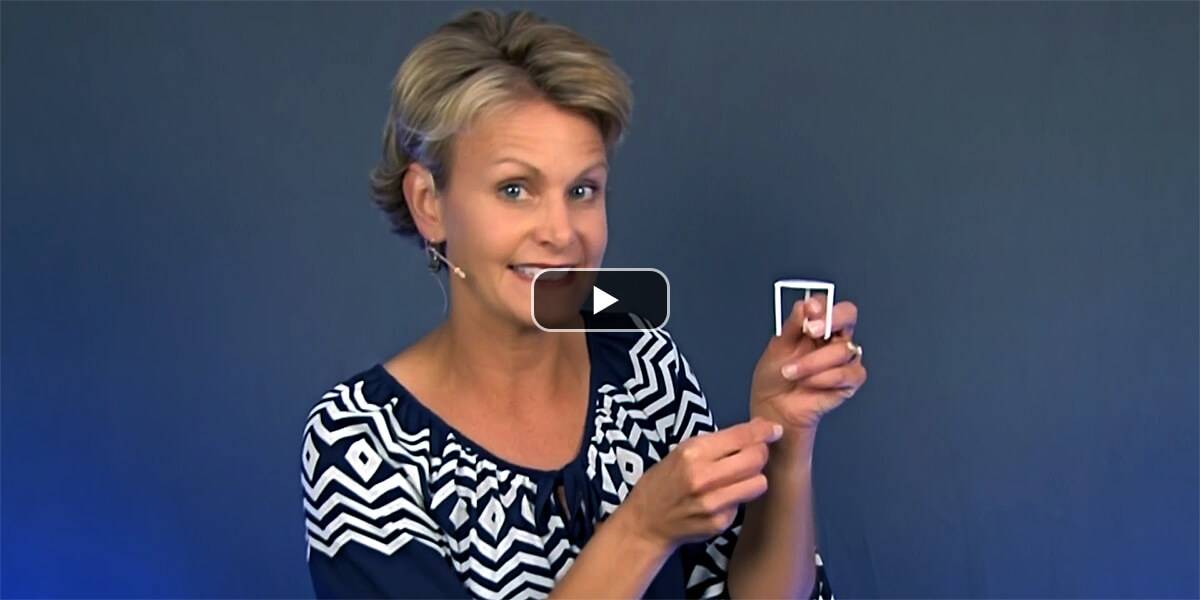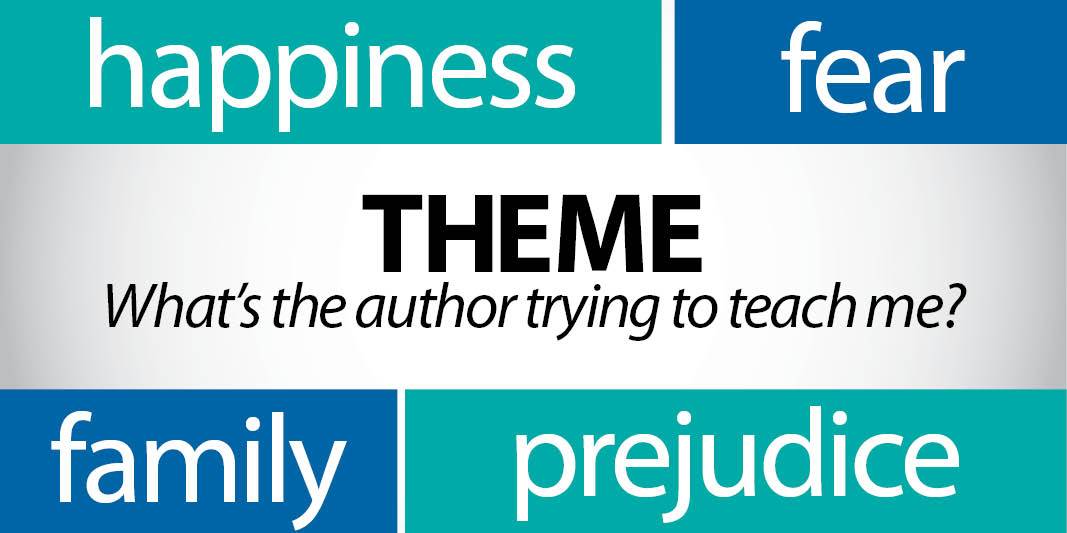Learning Center
reading
Differentiate between themes and topics
March 09, 2018
Most would agree that a theme reveals a universal truth the author believes about people or a life lesson the reader should learn.
When standardized assessments challenge students to identify the theme of a passage, the prompt typically reads “Which sentence BEST summarizes this text’s theme?”. It’s important to note that every answer listed is a sentence—not a single word or a phrase. Consequently, trust, obedience, perseverance in the face of adversity, etc. cannot be themes. Although, these recurring topics are a starting point, explicit instruction needs to guide students to infer thematic statements.
(The following 4-step process for inferring theme is based on a YouTube video created by middle school teacher Sara Johnson.)
STEP 1: Generate a list of topics relevant to the story.
Brainstorm a list of ideals that are representative of character actions. Consider the life skills characters demonstrated. Think about the admirable (or less than admirable) traits they revealed. Reflect on significant choices characters made. Such a list often includes words like: trust, obedience, perseverance in the face of adversity, etc.
Some teachers introduce these as “universal themes.” Although such lists are a necessary first step, none of these words is a theme.
STEP 2: Complete the sentence: “The author believes that…”
While simple and direct, this sentence starter is very powerful. It’s a better alternative than asking students what life lesson they personally learned from this text or character, as many often answer, “Nothing.” Rather, put the “lesson” on the author. Students use the sentence starter and consider what the author believes about trust, obedience, perseverance, etc.
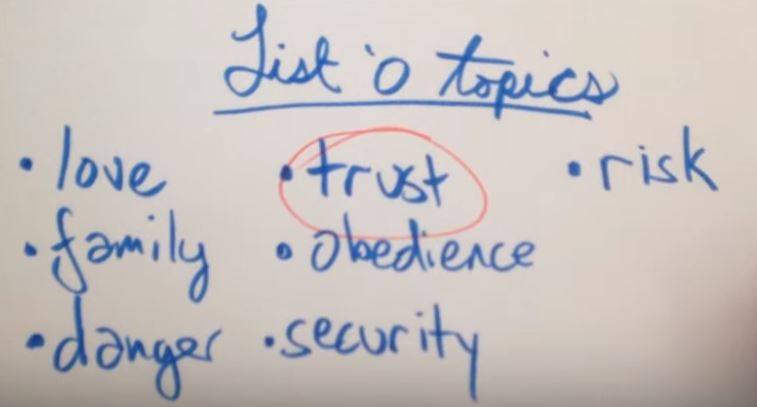
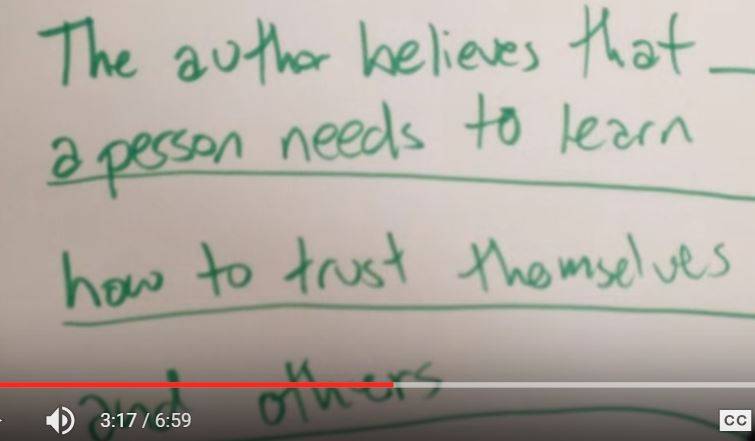
As helpful as this sentence starter may be, many students initially just generate a vague sentence.
- The author believes that trust is important.
- The author believes that disobedience in bad.
- The author believes that perseverance is good.
To move beyond these broad statements, students need to focus on the why. More specifically, students need to extend the sentence to add more detail. This includes expounding on what about trust, perseverance, or obedience the author wants the reader to understand.
- The author believes that trust is important in order for people to grow deep relationships.
- The author believes that perseverance is good, even when an individual does not reach his goal.
- The author believes that disobedience is bad when it puts others at risk.
Notice that while elaborating on each ideal, specific references to character names, setting details, and individual actions are all avoided. A theme statement is a “universal” lesson, therefore it should not be specific to any one text. Rather, demonstrate how to use general references like a person, someone, an individual, people, etc.
STEP 3: Cross off the words “The author believes that.”
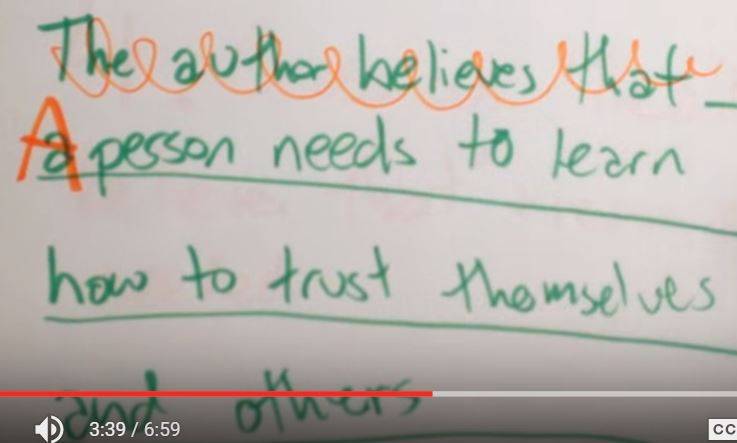 Although this sentence starter took the initial learning off the student, leaving it contradicts the idea that this is a universal statement of truth. It implies that this belief is held by a single author. Therefore, delete The author believes that and edit the remaining sentence, capitalizing the first word. That then produces a thematic statement.
Although this sentence starter took the initial learning off the student, leaving it contradicts the idea that this is a universal statement of truth. It implies that this belief is held by a single author. Therefore, delete The author believes that and edit the remaining sentence, capitalizing the first word. That then produces a thematic statement.
Practice only these first three steps, fine-tuning students’ abilities to craft a clear and focused theme that includes the what is important and why it is important. Eventually, add the expectation of textual evidence.
STEP 4: Add textual evidence.
All inferences require evidence. This is found in the additional sentences that support the theme. Using phrases like According to the text… One place the author shows this is…, students make specific reference to character names, events, actions, choices, settings, dialogue, etc. The first sentence is the broad theme and subsequent sentences are proof that the life lesson is learned in this text.
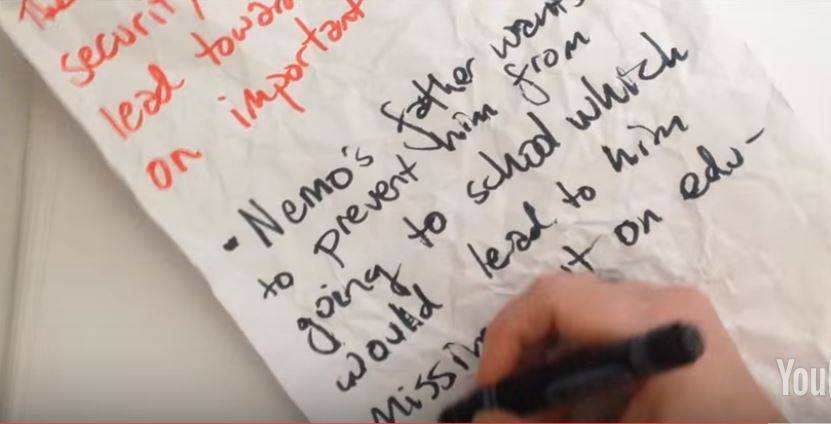

Provide for partnered practice
Once all four steps have been revealed, provide students numerous opportunities to practice. In her YouTube video, Sara Johnson shares a fabulous partnered activity.
- Generate an all-class list of “topics” described in Step 1.
- Pair up students and ask each to write a thematic statement following Steps 2-3.
- Each pair balls-up and tosses its wadded theme to another pair.
- Pairs read the new theme and add textual evidence to support it.
- Pairs ball-up and toss the themes a couple more times. Each time, a new pair jots additional textual evidence.
- Return the crinkled paper to the original pair to craft a constructed response.
Assuming that original pairs are choosing different options from the list generated in Step 1, students are reading and providing evidence for multiple themes during this activity. Not only does this provide abundant practice, but it also honors that texts possess more than one life lesson.

